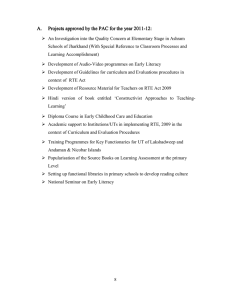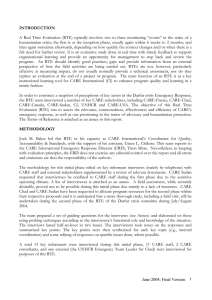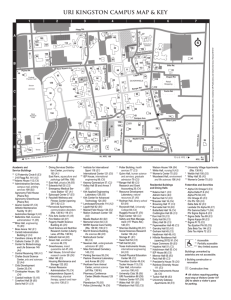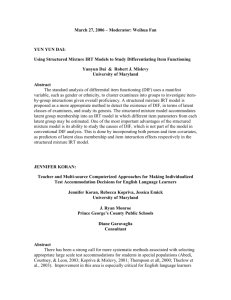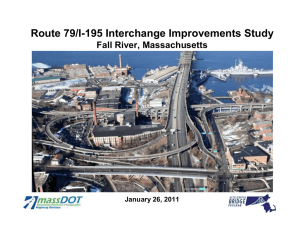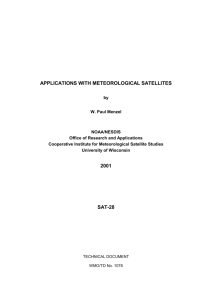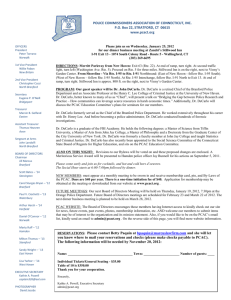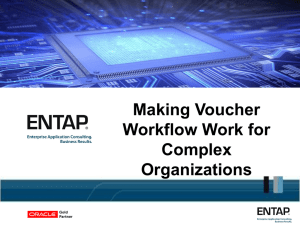Alternative Response Technology API API Study
advertisement
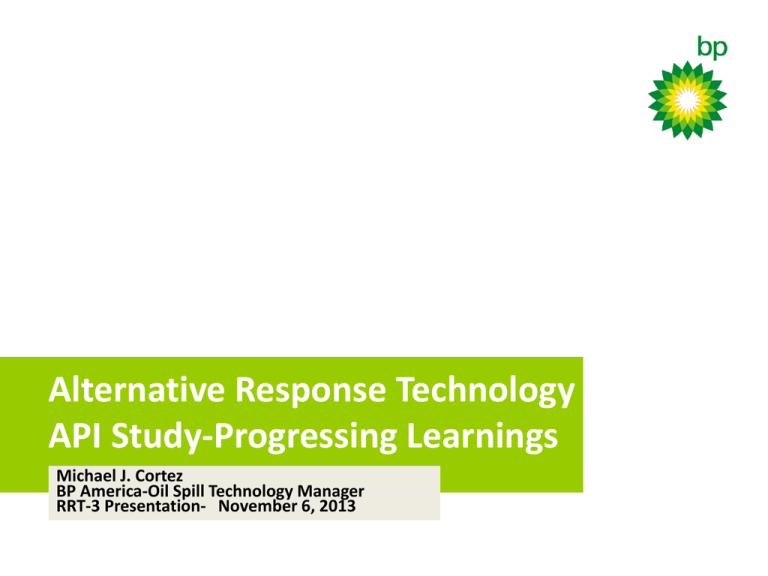
Alternative Response Technology API API Study-Progressing Learnings Michael J. Cortez BP America-Oil Spill Technology Manager RRT-3 Presentation- November 6, 2013 API Alternative Response Technology Working Group Report • Commissioned by API as part of its Sept 2010 JITF Study Capture learnings from Macondo Incident Propose ARTES enhancements based on the learnings • Team composition: ARTES team members from Macondo (USCG, OSPR, Obrien’s, various OSR consultants, BP) along with NOAA, EPA and other industry entities • Kicked off study in Dec 2011; completed and endorsed July 2013 • Proposed RRT & NRT presentations for late 2013 to review the conclusions & recommendations • Request RRT-3 Endorsement of proposed changes to ICS Pre – Macondo ARTES • • • • ARTES within Environmental Unit For non-conventional response tools Evaluate one idea/tool at a time Used in concert with NCP product schedule • Limited external public engagement • Used sporadically, therefore never truly embedded in ICS structure Macondo experience • • • • • • • • • • 120,00+ total submissions Multiple technical reviews required Conventional & non-conventional ideas submitted Submissions via phone, fax, e:mail, internet, walk-up From 100 countries in 88 languages Multiple submission channels (PIERS, EPA, IATAP, LABOEC) Multiple Incident Command Posts and a Unified Area Command Seek out Operational needs Field Tested 100 new technologies; 45 were proved and implemented Limited exposure within Planning cycle increased testing logistics difficulties Post Macondo Study Recommendations • Scalable Response Technology Evaluation (RTE) Unit within the Planning Section. • RTE Unit collects, evaluates, and tests all new or improved technology ideas (conventional and alternative). • RTE Unit is the single ICS channel for public or vendors submissions. • Use of multi-stage, progressive technical assessment for idea evaluation. • The National Response Team should solicit for the development of a database system. • Use FEMA Responder Knowledge Base as the “clearinghouse” to hold and disseminate RTE assessment/test results. Technical Work Group Members James Fletcher - USCG Kurt Hansen - USCG Yvonne Addassi - OSPR Ellen Faurot-Daniels - OSPR Ed Levine - NOAA Eric Koglin - EPA Jim O’brien - Obrien’s Response Steve Lehmann- NOAA Ken Lukins - Lukins & Associates Tommy Tomblin - Exxon-Mobil Erik Demicco – Exxon-Mobil Rene Bernier - Chevron Hunter Rowe - BP Mark Moran - BP Mike Cortez - BP (Working Group lead) Backup Slides Current & Proposed ICS Structure RTE Scalability Examples RTE Unit positions added as needed, written Incident Action Plans, multiple operational periods (smaller team) Expanded RTE Unit Structure within single ICP, multiple operational periods, high submissions, field testing required RTE Scalability Examples RTE Unit Structure with multiple Incident Command Posts and when an Area Command is established for a Tier 1 or SONS Event Stage-Gate Review Process DWH ARTs Process • • • • • Four-stage review and testing process (similar to diagram above) Automated communication informing submitters of status Scoring system suitable for ranking and prioritization Review and scoring by technical specialists in RTE Team (separated from testing roles) Test protocols written by technical specialists in RTE Team Database Requirements • Maintain record of submittals including timestamps for all entries, changes, or updates • Secure but accessible by multiple people at multiple locations • Tracks evaluation stages and retains testing records • Simple, web-based entry format – Minimum /maximum information requirements for submissions – Disclaimers for intellectual property (IP) issues, responsible-party (RP) issues, required confidentiality clauses, contractual relationship • Automated email to submitters upon review stage decisions, to maintain communication and establish transparency • Technology evaluation score archiving • Retention and linking of field-testing results to the submission record
